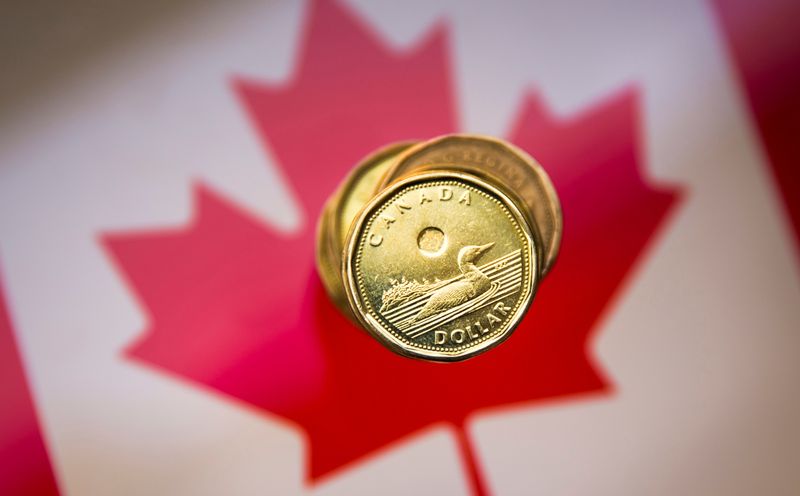
By Hannah Lang
NEW YORK (Reuters) -The dollar was up slightly in skittish trading on Monday as investors awaited U.S. inflation data later this week, while the Australian and New Zealand dollars rallied after China pledged an “appropriately loose” monetary policy next year.
While markets have priced in a quarter-point interest-rate cut by the U.S. Federal Reserve next week as a near certainty, investors are waiting for U.S. consumer price data on Wednesday.
“The move higher in unemployment that we saw in November, that really just cements the case for a 25-basis-point cut next Wednesday,” said Michael Brown, senior research strategist at Pepperstone.
Data on Friday showed U.S. job growth surged in November, but a rise in the unemployment rate to 4.2% pointed to an easing labor market that should allow the Fed to cut interest rates again this month.
The dollar index was up 0.179% at 106.14. The euro was down against the dollar at $1.0554, having fallen earlier by as much as 0.3%, while the greenback gained 0.77% against the yen to 151.235.
The Australian dollar gained 0.82% on the greenback, and the kiwi rose 0.58%, after China announced a shift in monetary policy to spur growth.
The two currencies often serve as a proxy for the Chinese yuan, which strengthened in the offshore market to leave the dollar down 0.26% at 7.2670.
CHINA POLICY
China will adopt an “appropriately loose” monetary policy next year as part of steps to support economic growth, and will implement a more proactive fiscal policy and step up “unconventional” counter-cyclical adjustments, state media reported on Monday, citing a Politburo meeting.
“This is a market right now that wanted to hear good signals about global growth, and so it’s found receptive ears,” said Adam Button, chief currency analyst at ForexLive. “We’ve heard promises from China before, but, once again, they’re getting the benefit of the doubt.”
The dollar rose 0.44% versus South Korea’s won. Over the weekend, South Korean President Yoon Suk Yeol survived an impeachment vote in parliament prompted by his short-lived attempt to impose martial law last week.
Mizuho (NYSE:MFG) Bank strategist Vishnu Varathan pointed to a host of geopolitical developments, such as the weekend fall of Syrian President Bashar al-Assad and trades related to macroeconomic factors and President-elect Donald Trump, as providing markets further impetus to stay long dollars.
“There’s no incentive to short the dollar against any particular currency,” he said.
Last week’s headliner, bitcoin, which hit six-figures for the first time at a record $103,649, was last at $97,009.
CENTRAL BANK MEETINGS
The main events investors are watching this week are the ECB policy meeting on Thursday, where a quarter-point cut is baked in, and China’s closed-door Central Economic Work Conference.
The Bank of Canada, the Swiss National Bank and the Reserve Bank of Australia meet this week, with deep rate cuts expected from the first two that could turn yield differentials even more against their currencies.

The Canadian dollar traded near a 4-1/2-year low on Monday as markets anticipate another outsized interest-rate cut.
“The potential rate cuts by the ECB, BoC, and SNB reflect a significant shift in monetary policy,” said Lukman Otunuga, senior market analyst at FXTM. “Combined with rising political risks and economic data, these decisions could drive substantial currency movements.”
This post is originally published on INVESTING.


